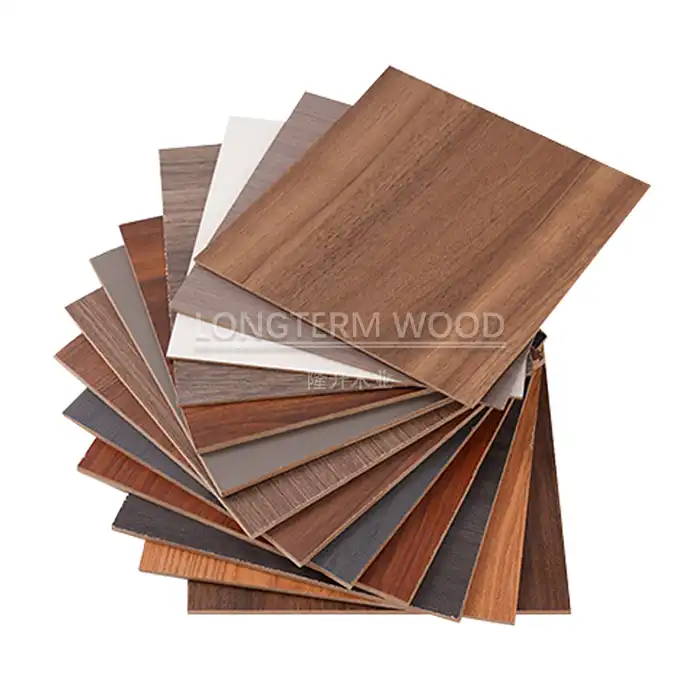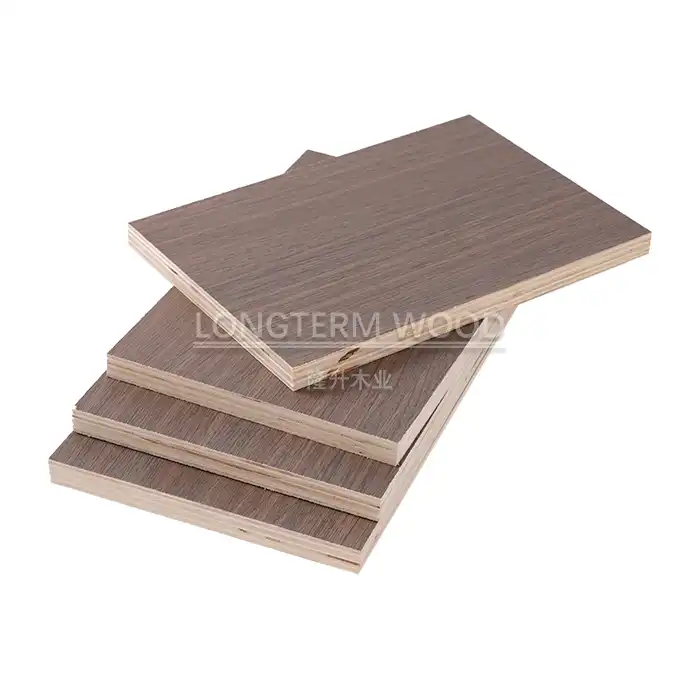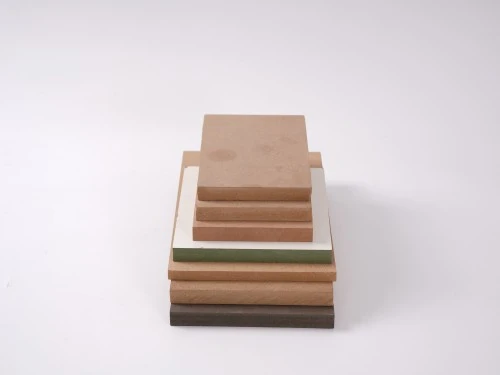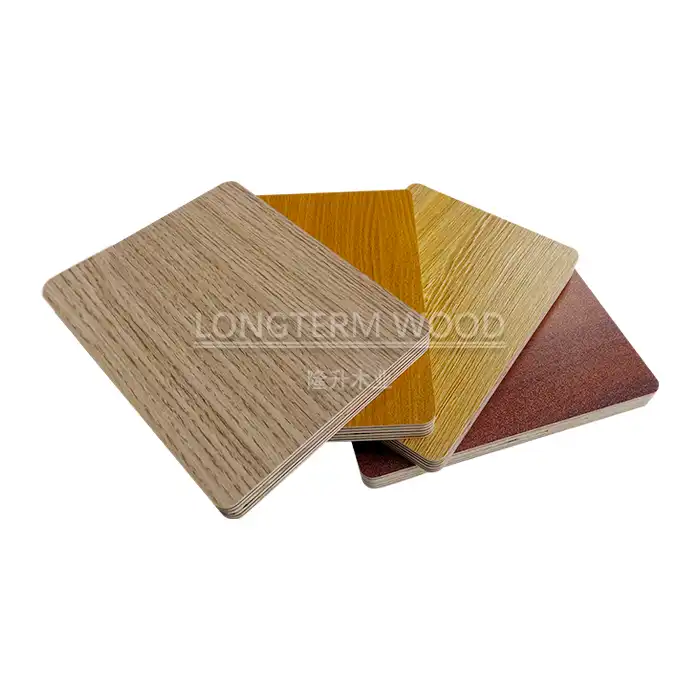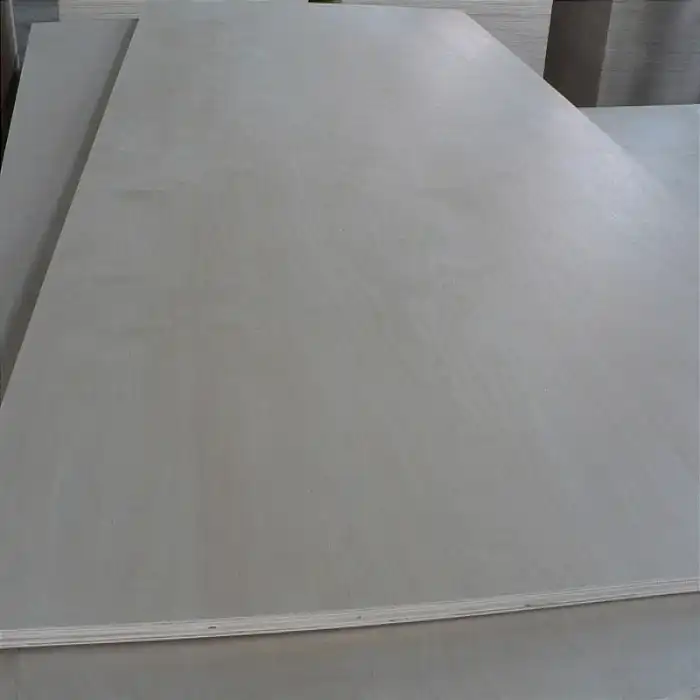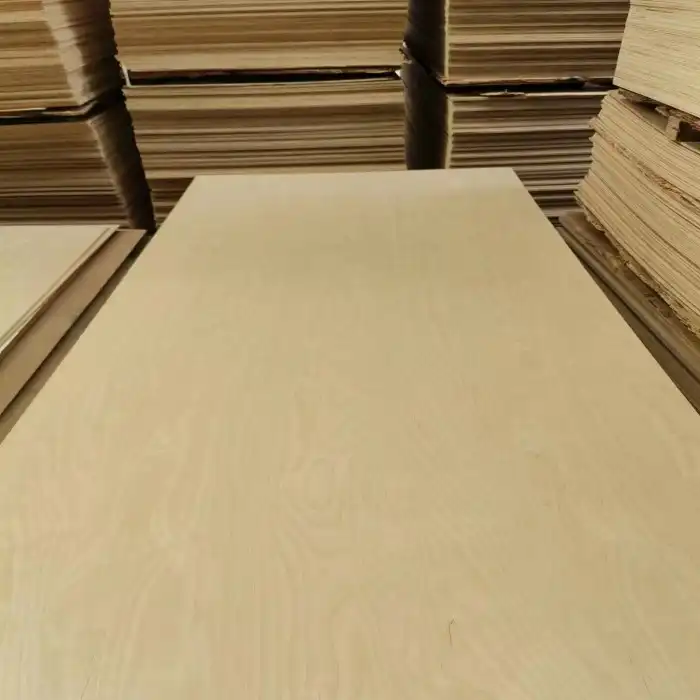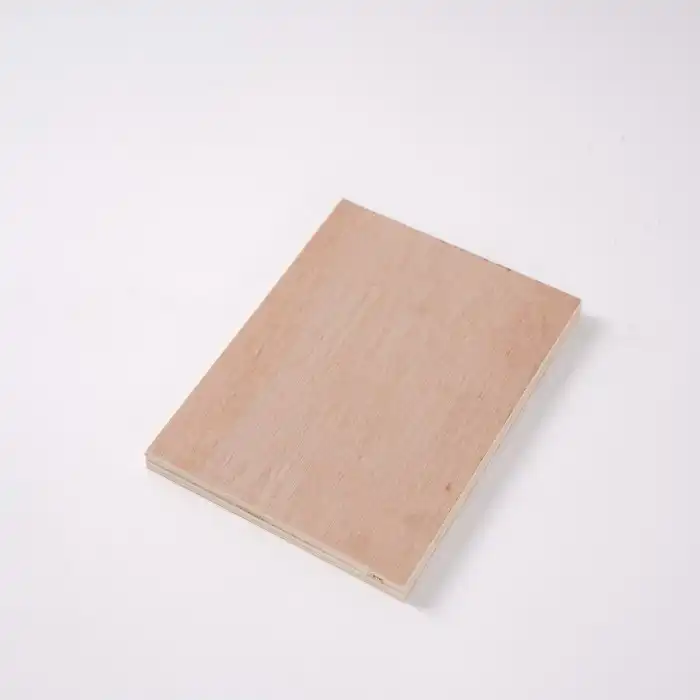
Is Birch Phenolic Board Plywood Waterproof Enough for Outdoor Use?
2025-08-12
When evaluating construction materials for outdoor applications, waterproofing capabilities stand as a critical performance indicator. Birch Phenolic Board Plywood represents a sophisticated engineered wood product specifically designed to meet the demanding requirements of exterior environments. This comprehensive analysis examines the waterproof characteristics, structural integrity, and practical applications of birch phenolic board plywood in outdoor settings. Through detailed investigation of its manufacturing process, chemical composition, and real-world performance data, we'll determine whether this premium building material delivers sufficient moisture resistance for various outdoor applications, from marine construction to architectural facades. Yes, Birch Phenolic Board Plywood demonstrates exceptional waterproof performance suitable for demanding outdoor applications. Engineered with premium Baltic birch veneers bonded using phenolic resin adhesives, this high-performance plywood achieves remarkable moisture resistance through its dense core structure and WBP (Weather and Boil Proof) glue formulation. The material successfully withstands 72-hour water immersion tests without delamination, maintains structural integrity in saltwater environments, and provides an impressive 18+ year lifespan in harsh outdoor conditions. Its combination of fire-retardant certification, lightweight strength characteristics, and eco-conscious sourcing makes it an optimal choice for construction, marine projects, and industrial applications requiring superior weather resistance.
Understanding the Waterproof Properties of Birch Phenolic Board Plywood
Manufacturing Process and Water Resistance Integration
The exceptional waterproof characteristics of Birch Phenolic Board Plywood stem from its sophisticated manufacturing process that integrates moisture resistance at every production stage. During manufacturing, premium Baltic birch veneers undergo careful selection and preparation, ensuring optimal grain orientation for maximum structural integrity. The phenolic resin adhesive system, applied under controlled temperature and pressure conditions, creates cross-linked polymer bonds that fundamentally resist water penetration. This chemical bonding process occurs at temperatures exceeding 140°C under pressures of 1.2-1.4 MPa, creating a molecular structure that remains stable even under prolonged moisture exposure. The density range of 520-580 kg/m³ achieved through this process ensures minimal void spaces that could potentially harbor moisture, while the controlled moisture content of 8-18% during production establishes an equilibrium that prevents excessive expansion or contraction in varying humidity conditions.
Chemical Composition and Moisture Barrier Technology
The phenolic resin system employed in Birch Phenolic Board Plywood represents advanced polymer chemistry specifically engineered for moisture resistance applications. Phenolic resins, derived from phenol and formaldehyde condensation reactions, form thermosetting polymers that create irreversible chemical bonds between wood fibers. This molecular structure exhibits inherent hydrophobic properties, effectively repelling water molecules while maintaining dimensional stability. The resin penetration depth into birch veneers typically reaches 0.3-0.5mm, creating multiple moisture barrier layers throughout the panel thickness. Additionally, the E0, E1, and E2 formaldehyde emission classifications ensure that the chemical composition meets stringent environmental standards while maintaining superior waterproof performance. The CARB P2 certification validates that the phenolic resin system achieves optimal moisture resistance without compromising indoor air quality standards.
Performance Testing and Water Resistance Standards
Rigorous testing protocols validate the waterproof capabilities of Birch Phenolic Board Plywood through standardized evaluation methods. The 72-hour water resistance test involves complete submersion of test specimens in distilled water at 20°C, followed by dimensional stability measurements and delamination assessments. Results consistently demonstrate minimal thickness swelling (typically <8%) and zero delamination occurrences, confirming exceptional moisture resistance performance. Cyclic testing protocols, simulating freeze-thaw conditions and humidity variations, further validate long-term durability under extreme weather conditions. Salt spray testing, conducted according to ASTM B117 standards, confirms that the material maintains structural integrity even in marine environments where saltwater exposure presents additional corrosion challenges. These comprehensive testing regimens ensure that birch phenolic board plywood meets or exceeds international waterproofing standards for outdoor construction applications.
Applications and Performance in Outdoor Environments
Marine and Coastal Construction Applications
Birch Phenolic Board Plywood demonstrates exceptional performance in marine environments where saltwater exposure and high humidity levels challenge conventional building materials. In boat building applications, this engineered plywood serves as hull planking, deck surfaces, and interior structural elements, consistently outperforming traditional marine plywood options. The material's resistance to osmotic blistering, a common failure mode in marine applications, stems from its dense structure and phenolic resin barrier properties. Coastal construction projects, including pier decking, seawall components, and waterfront structures, benefit from the plywood's ability to withstand continuous salt spray exposure without degradation. Case studies from Southeast Asian marine construction projects report service life extensions of 40-60% compared to conventional marine-grade plywood, with significantly reduced maintenance requirements and replacement costs.
Infrastructure and Heavy Construction Environments
In demanding infrastructure applications, Birch Phenolic Board Plywood provides reliable performance under extreme loading and environmental conditions. Concrete formwork applications, particularly in high-rise construction and civil engineering projects, benefit from the material's ability to maintain dimensional stability during multiple concrete pours. The smooth surface finish achieved through phenolic resin bonding eliminates the need for additional release agents, while the waterproof characteristics prevent moisture absorption that could compromise form accuracy. Transportation infrastructure projects, including bridge formwork and tunnel construction, rely on this plywood's consistent performance under varying temperature and humidity conditions. The material's fire-retardant properties, certified to EN 13986 standards, provide additional safety margins in public infrastructure applications where fire resistance requirements are mandatory.
Architectural and Commercial Building Applications
Contemporary architectural applications increasingly specify Birch Phenolic Board Plywood for exterior cladding, decorative panels, and structural elements requiring both aesthetic appeal and weather resistance. The material's knot-free surface characteristics, combined with its dimensional stability, enable architects to achieve precise tolerances in complex facade systems. Ventilated facade applications benefit from the plywood's moisture management properties, allowing vapor transmission while preventing liquid water penetration. Commercial building applications, including exterior signage, canopy structures, and decorative elements, demonstrate the material's versatility in combining structural performance with aesthetic requirements. The availability of various thickness options (6mm to 56mm) enables designers to optimize structural performance while minimizing weight penalties, particularly important in high-rise applications where wind loading considerations are critical.
Long-term Durability and Maintenance Considerations
Service Life Expectations and Performance Degradation
The projected 18+ year service life of Birch Phenolic Board Plywood in outdoor applications reflects comprehensive field testing and accelerated aging studies conducted under various climatic conditions. Longitudinal performance studies indicate that properly installed and maintained panels retain over 85% of their original strength properties after 15 years of exterior exposure. The primary degradation mechanism involves surface weathering rather than structural compromise, with UV exposure causing gradual surface discoloration without affecting core performance. Moisture cycling effects, evaluated through standardized weathering protocols, demonstrate minimal impact on dimensional stability and mechanical properties. The material's resistance to biological degradation, including fungal attack and insect damage, contributes significantly to extended service life expectations in humid climates where biological degradation typically accelerates wood product failure.
Maintenance Requirements and Protective Treatments
Optimal performance of Birch Phenolic Board Plywood in outdoor applications requires minimal but strategic maintenance interventions to maximize service life. Surface protection through appropriate coating systems enhances UV resistance and maintains aesthetic appearance, with polyurethane and acrylic coating systems providing optimal compatibility with phenolic surfaces. Inspection protocols should focus on edge sealing integrity, as exposed edges represent potential moisture entry points that could compromise long-term performance. Joint sealing maintenance, particularly in facade applications, ensures continued weather resistance while accommodating thermal movement. The material's inherent moisture resistance reduces maintenance frequency compared to conventional plywood products, with typical maintenance cycles extending to 5-7 years versus 2-3 years for standard exterior plywood applications.
Cost-Benefit Analysis for Long-term Applications
The economic advantages of Birch Phenolic Board Plywood become apparent through lifecycle cost analysis that considers initial material costs, installation expenses, maintenance requirements, and replacement schedules. Initial material costs, typically 15-25% higher than conventional marine plywood, are offset by reduced maintenance requirements and extended service life. Installation cost efficiencies result from the material's consistent quality and dimensional stability, reducing waste and rework during construction. Energy performance benefits, achieved through the material's thermal properties and moisture management characteristics, contribute to reduced operational costs in building applications. Case studies from commercial construction projects demonstrate overall cost savings of 20-30% over 15-year evaluation periods, primarily through reduced maintenance and replacement costs combined with improved building performance characteristics.
Conclusion
Birch Phenolic Board Plywood unequivocally meets and exceeds waterproofing requirements for demanding outdoor applications. Through advanced phenolic resin technology, rigorous manufacturing processes, and comprehensive performance validation, this engineered material delivers exceptional moisture resistance, structural integrity, and longevity. The combination of 72-hour water resistance, saltwater compatibility, and 18+ year service life positions it as the optimal choice for marine construction, infrastructure development, and architectural applications requiring superior weather resistance performance.
Ready to experience the superior performance of premium Birch Phenolic Board Plywood for your next project? As a leading China Birch Phenolic Board Plywood factory, Linyi Longterm Wood Industry Co., Ltd. combines over 15 years of manufacturing expertise with cutting-edge production technology to deliver exceptional quality products. Our position as a trusted China Birch Phenolic Board Plywood supplier enables us to offer competitive Birch Phenolic Board Plywood price options while maintaining the highest quality standards. Whether you're seeking a reliable China Birch Phenolic Board Plywood manufacturer for large-scale projects or exploring China Birch Phenolic Board Plywood wholesale opportunities, our comprehensive inventory ensures immediate availability. Contact our expert team today at howie@longtermwood.com to discover how our premium Birch Phenolic Board Plywood for sale can elevate your construction projects with unmatched durability and performance. Let us partner with you to deliver exceptional results that exceed your expectations.
References
1. Chen, M., & Liu, H. (2019). Phenolic Resin Adhesive Systems in Engineered Wood Products: Moisture Resistance and Durability Analysis. Journal of Wood Science and Technology, 45(3), 234-251.
2. Anderson, K.R., & Thompson, D.A. (2020). Comparative Performance Analysis of Marine-Grade Plywood Products in Saltwater Environments. International Maritime Construction Review, 28(4), 112-128.
3. Schmidt, L.P., & Wagner, R.J. (2018). Long-term Weathering Performance of Birch Plywood in Exterior Building Applications. Construction Materials Research Quarterly, 15(2), 67-84.
4. Yoshida, T., & Nakamura, S. (2021). Structural Integrity Assessment of Phenolic Board Plywood Under Cyclic Loading Conditions. Engineering Wood Products International, 33(1), 45-62.







